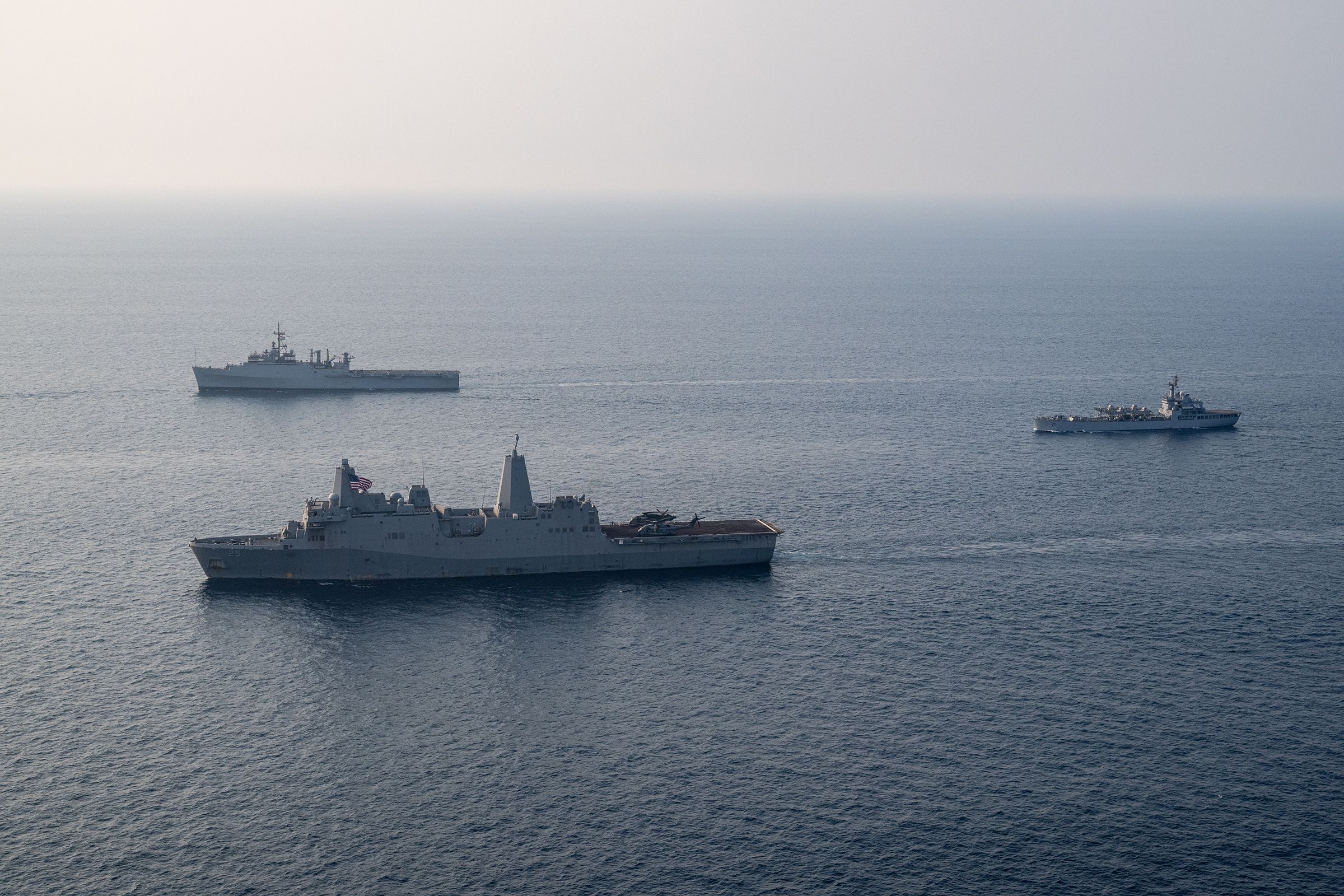CNO: Investing in Industrial Base, Growing the Fleet Are Top Priorities

Chief of Naval Operations Adm. Lisa Franchetti today said that investing in the defense industrial base to increase the size of the Navy's fleet in coming years is a top priority for the Department of the Navy.
The CNO made her remarks during a panel discussion that kicked off this year's Sea-Air-Space maritime exposition just outside of Washington.
"We know we need a larger Navy," said Franchetti. "Every study since 2016 has shown that; and I think the most effective way to work on that right now is to invest in our industrial base, invest in the workforce [and] invest alongside our industry partners… to speed up the production and throughput of the ships and submarines that we need."
The Navy currently has 88 ships under contract, with 66 of them currently under construction, Franchetti said.
"When I look at our ability to be a standing force, a crisis response force [and] a force that is ready to go today … [that all] relies heavily, crucially and critically on the U.S. Navy," Assistant Commandant of the Marine Corps Gen. Christopher J. Mahoney, who was also on the panel with Franchetti, said of how Navy amphibious ships directly contribute to the Marine Corps being able to execute its mission.
Concurring with Franchetti's assessment of the need to strengthen the industrial base, Mahoney said that he believes bundling future purchases of amphibious ships would not only save the taxpayer money but would also attract more workers to the shipbuilding industry thanks to multi-year job security.
"And not just pipe fitters and welders," Mahoney said, "but managers, engineers and architects that otherwise might not see a future that far out."
During the panel, Franchetti and Mahoney offered their perspectives on the Navy's shipbuilding industry, as a result of both leaders having recently toured various shipyards along the Gulf Coast.
"All of the industry partners are facing some of the same challenges in the workforce [that the military is], said Franchetti. "So, we're working alongside industry to generate some of these pipelines where people can be recruited, they can come in and get training, and they come out with a certification and then immediately go and be employed," she further explained.
When asked about how much responsibility to build up the industrial base both DOD and industry should share, Franchetti and Mahoney each agreed that such responsibility should be closely and mutually shared.
"It has to be a partnership with [DOD] and industry," said Franchetti. "It's a commitment on the part of both to be able to move forward."
According to the Congressional Budget Office, there were 290 battle force ships in the Navy's fleet at the start of fiscal year 2024. The sea service hopes to upscale that number to the mid-to-high 300s by 2053.
Additional naval priorities the CNO listed during the panel included near-term readiness of the force and investment in the upcoming Columbia class of nuclear-powered ballistic missile submarines.
